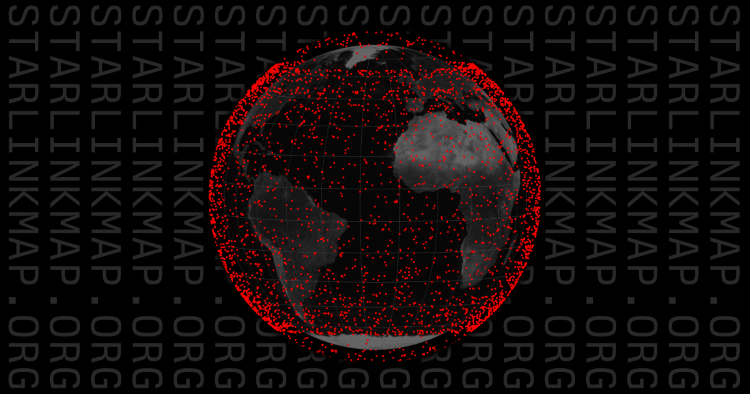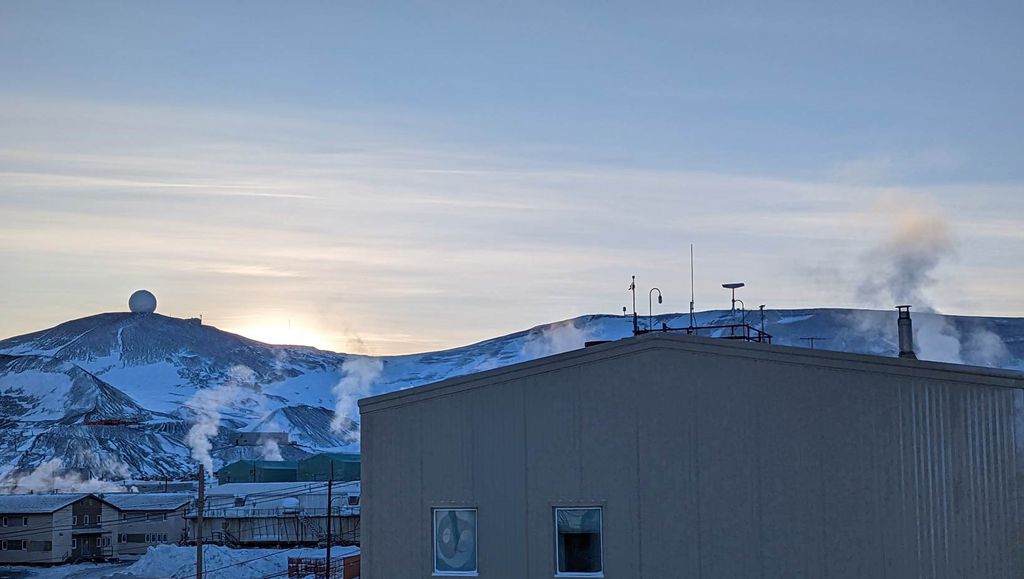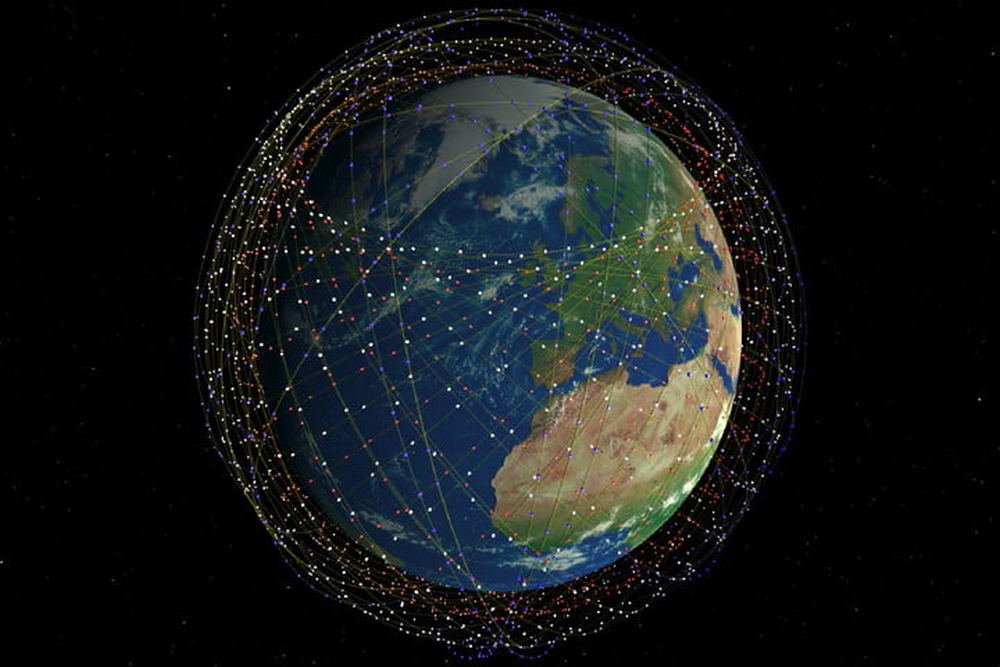Mention the name Starlink among the astronomy community and you will often be greeted with a shudder. There are now thousands of Starlink satellites orbiting Earth providing internet connectivity to every corner of the Earth. Many believe they are making astronomy difficult but now, SpaceX is launching another service; ‘direct-to-cell’ technology that will allow mobile phones to use satellites to send text messages as early as this year. Voice and data services are likely to follow on quickly next year. With smaller antennae at a lower altitude what is their impact on astronomy?
Continue reading “Starlink Direct-to-Cell Satellites are Coming. What Will Be Their Impact on Astronomy?”Starlinks Can Produce Surprisingly Bright Flares to Pilots

How can sunlight reflecting off SpaceX’s Starlink satellites interfere with ground-based operations? This is what a recently submitted study hopes to address as a pair of researchers investigate how Starlink satellites appear brighter—which the researchers also refer to as flaring—to observers on Earth when the Sun is at certain angles, along with discussing past incidents of how this brightness has influenced aerial operations on Earth, as well. This study holds the potential to help spacecraft manufacturers design and develop specific methods to prevent increased brightness levels, which would help alleviate confusion for observers on Earth regarding the source of the brightness and the objects in question.
Continue reading “Starlinks Can Produce Surprisingly Bright Flares to Pilots”Watch a Real-Time Map of Starlinks Orbiting Earth
In an effort to enhance the educational outreach of their Starlink constellation, there is an interactive global map of their Starlink internet satellites, which provides live coverage of every satellite in orbit around the Earth. This interactive map and information was produced by Will DePue, who is a an OpenAI programmer and openly states he is not affiliated with SpaceX or Starlink. This interactive map comes as SpaceX continues to launch Starlink satellites into orbit on a near-weekly basis with the goal of providing customers around the world with high-speed internet while specifically targeting rural regions of the globe. In 2022, Starlink officially reached all seven continents after Starlink service became available in Antarctica. Additionally, SpaceX announced in 2023 a partnership with T-Mobile for Starlink to provide mobile coverage, as well.
Continue reading “Watch a Real-Time Map of Starlinks Orbiting Earth”Scientists in Antarctica Have Access to Starlink Now. It’s Available on 7 Continents
SpaceX’s Starlink service is now available in Antarctica, according to a tweet from the National Science Foundation on the morning of September 14, stating, “NSF-supported USAP scientists in #Antarctica are over the moon! Starlink is testing polar service with a newly deployed user terminal at McMurdo Station. Increasing bandwidth and connectivity for service support.” SpaceX replied with a quote tweet saying, “Starlink is now available on all seven continents! In such a remote location like Antarctica, this capability is enabled by Starlink’s space laser network.”
Continue reading “Scientists in Antarctica Have Access to Starlink Now. It’s Available on 7 Continents”Astronomers Have Some Serious Concerns About Starlink and Other Satellite Constellations
Picture the space around Earth filled with tens of thousands of communications satellites. That scenario is slowly coming into being, and it has astronomers concerned. Now a group of astronomers have written a paper outlining their detailed concerns, and how all of these satellites could have a severe, negative impact on ground-based astronomy.
Continue reading “Astronomers Have Some Serious Concerns About Starlink and Other Satellite Constellations”Catching a Ride on the Starlink Satellite Train: Midnight Marvel, or Night Sky Menace?
Have you seen Starlink? It all started, as all good breaking astronomical events seem to do, late on a Friday night. We got the notification first from veteran satellite tracker Dr. Marco Langbroek over in the Netherlands via the venerable See-Sat-L message board, and on Twitter soon after:
Continue reading “Catching a Ride on the Starlink Satellite Train: Midnight Marvel, or Night Sky Menace?”




